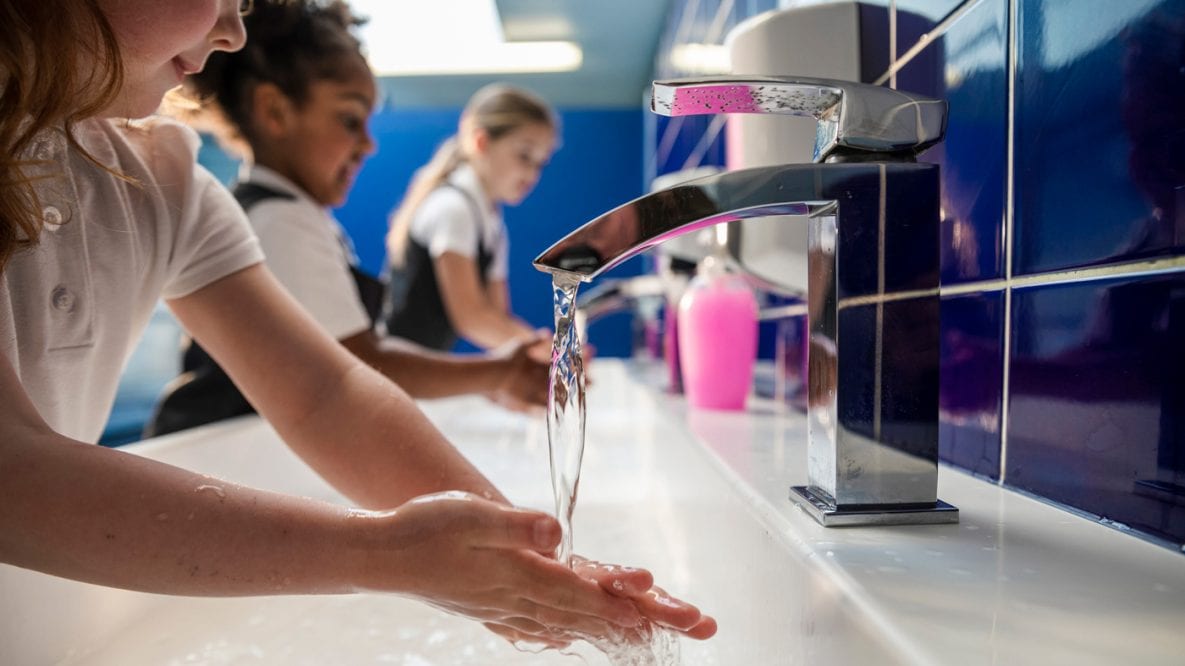Guidance for Infection Prevention and Control in K-12 Schools
Table of Contents
- ›Guidance for Infection Prevention and Control in K-12 Schools
- Everyday Actions for Schools to Prevent and Control the Spread of Infections
- Considerations for Infections Transmitted by Mosquitos
- Planning for Outbreaks, Epidemics, and Pandemics
- Additional Strategies that may be used to Minimize Infectious Disease Transmission in Schools during Times of Elevated Illness Activity
- Considerations for Changes in School Operational Status
- Considerations for Prioritizing Additional Strategies
New guidance coming soon.
Schools are an important part of the infrastructure of communities as they provide safe, supportive learning environments for students and enable parents and caregivers to be at work. Schools also provide critical services that help mitigate health disparities, such as school meal programs, physical activity, and social, physical, behavioral, and mental health services. Preparedness for transmissible infections, such as those caused by common childhood respiratory or gastrointestinal viruses, starts with schools having in place everyday preventive measures, or daily actions, to help reduce the spread of infections. If there is increased illness spread in the community, additional actions can be considered as part of a layered approach to infection prevention. Schools can prepare for outbreaks or the next pandemic by ensuring that they have an emergency operation plan with an infectious disease annex in place, which outlines what needs to occur to respond to such an event.
Schools also play critical roles in promoting equity in learning and health. People living in rural areas; people with disabilities; immigrants; and people who identify as American Indian/Alaska Native, Black or African American, and Hispanic or Latino are impacted by health disparities. These disparities impact children and schools. School and public health officials can promote equity in learning and health by demonstrating that comprehensive prevention strategies are in place to keep students, staff, families, and school communities safe and provide supportive environments for in-person learning. Reasonable modifications or accommodations, when necessary, must be provided to ensure equal access to in-person learning during increased infectious illness activity for students with disabilities.
This guidance is based on scientific studies that have examined what works to prevent the spread of a variety of transmissible infections. Studies indicate that everyday actions, such as teaching and promoting good hand hygiene and cleaning frequently touched surfaces, are important to prevent infections from spreading. Studies also have shown that additional actions, such as physical distancing or masking, for specific types of infectious diseases may be used to prevent transmission and outbreaks. The infection prevention and control practices described in this guidance are commonly used in healthcare settings and are based on a large body of evidence. Additionally, the practices for schools are largely informed by public health studies conducted during the H1N1 influenza pandemic and the COVID-19 pandemic. The following sections present science-based actions that schools can take to prevent and control the spread of infections to keep students safely in school.
